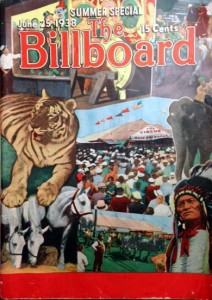
The Billboard, June 25, 1938.
One of my favorite historical resources is the microfilm of the classic showbiz publication, The Billboard, available on Level Six of the Central Branch of The Seattle Public Library.
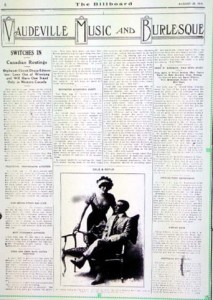
The Billboard, connecting theatrical professionals since 1896.
Modern readers know it as Billboard, a weekly publication covering the music industry, but the publication began its long history in 1896 under the title “Billboard Advertising: A Monthly Resume of all that is new, bright and interesting on the boards.” Monthly publication quickly became weekly as all varieties of theatrical professionals adopted The Billboard as their connection with the entertainment industry and with one another.
One useful service provided by The Billboard was the Letters List, a mail clearing house for performers on the road with plays, carnivals, vaudeville, the circus, or any other theatrical activity. This was the email service of its day: performers who were not in any one town long enough to receive mail could give their address as “care of The Billboard,” and have accumulated letters sent to them in bulk.
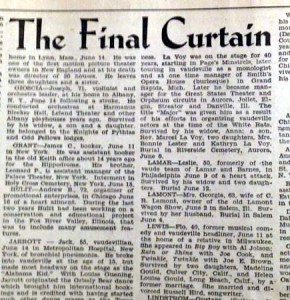
The Billboard’s Obituary Column — The Rest Is Silence.
Another service offered by The Billboard was an obituary column, appropriately titled “The Final Curtain.” By the late 1930s, other regular features included The Broadway Beat, Burlesque Notes, Carnivals, Circus and Corral [rodeo], Fairs-Expositions, Magic, Minstrelsy, Motion Picture News, Music, Night Clubs-Vaudeville, Orchestra Notes, Parks-Pools, Radio, Repertory-Tent Shows, and Rinks-Skaters. The Billboard also printed routes that various shows followed as they toured.
The Billboard came to my attention about 15 years ago, when I was researching dance marathons in Washington state for HistoryLink.org. The Billboard’s dance marathon column, Endurance Shows, aggregated news from months-long endurance contests held across the country, and covered the mounting frustration with dance marathon abuses that resulted in many states, including Washington, eventually banning the grueling competitions.
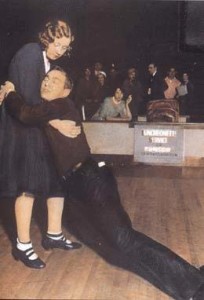
Dance Marathon Contests were exceedingly grueling. Courtesy Library of Congress.
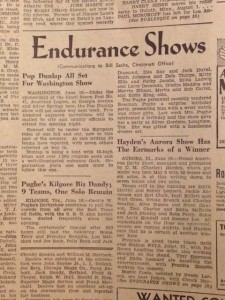
The Billboard’s dance marathon coverage, June 25, 1938.
Like any magazine, The Billboard relied upon advertising revenue, and their classified section is a wonder and delight. This is the place you looked if you wanted to purchase rolls of tickets, paste mixing contraptions to help your advance man paste up towns with “Coming Soon” posters, cotton candy or popcorn machines, a Ferris wheel, lions, tigers, elephants, or performing monkeys.
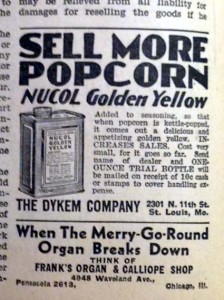
Popcorn for the masses, The Billboard, 1938.
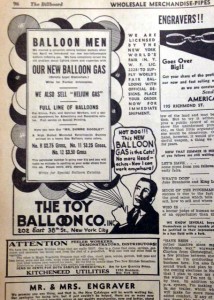
Balloons for sale, The Billboard, 1938.

Trained ponies, anyone? The Billboard, 1938.
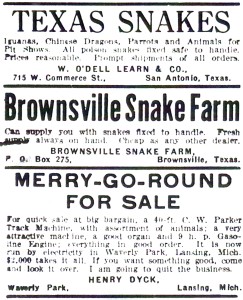
Snakes for sale, The Billboard, 1938.

…or a lion? The Billboard, 1938.
You could hire high-wire performers via The Billboard, or advertise your services as a psychic, side show performer, or alligator wrestler. If you needed a canvas big top, new or second hand, The Billboard was the place to find it.
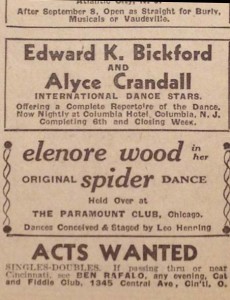
Available acts, The Billboard, 1938.

Psychics Princess Ivonne and her daughter Baby advertised in The Billboard for many years. 1938.

Two acts in one! The Billboard, 1938.
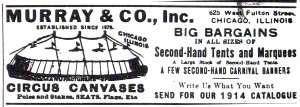
Own the Big Top. The Billboard, 1938.
Some classic back issues have been digitized and are available on the magazine’s website. Others are available via the Fulton History website. For leisurely browsing, however, nothing beats scrolling through the microfilm.
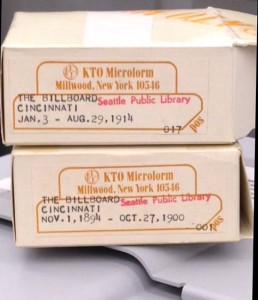
The Billboard on microfilm, The Seattle Public Library.
February 11, 2016

